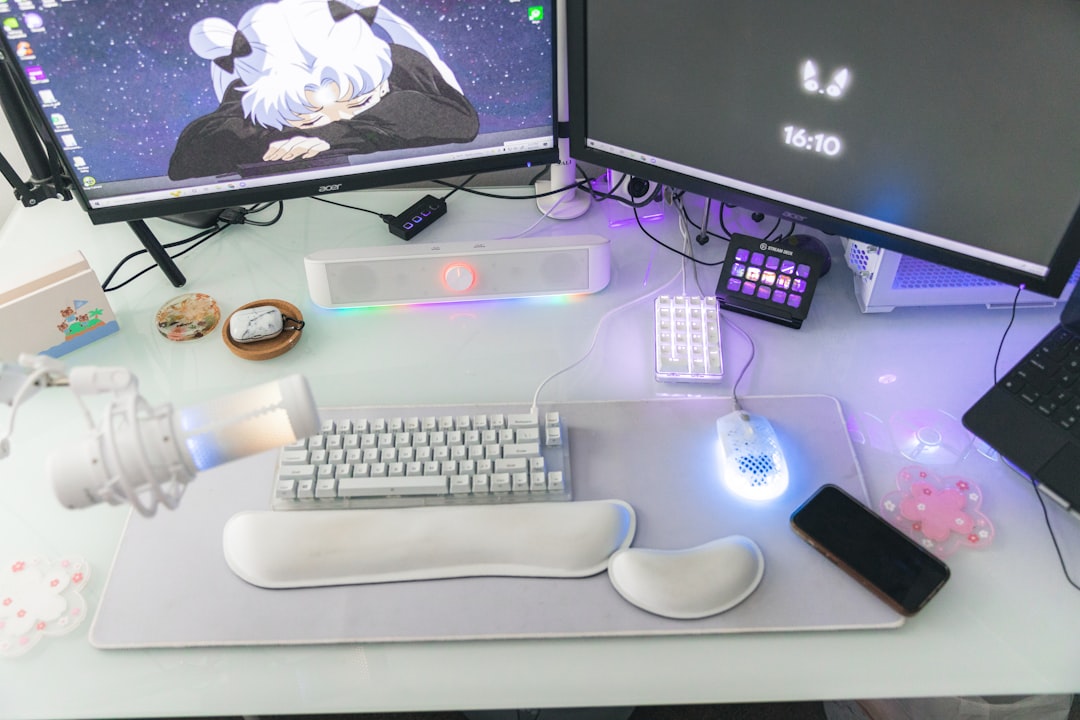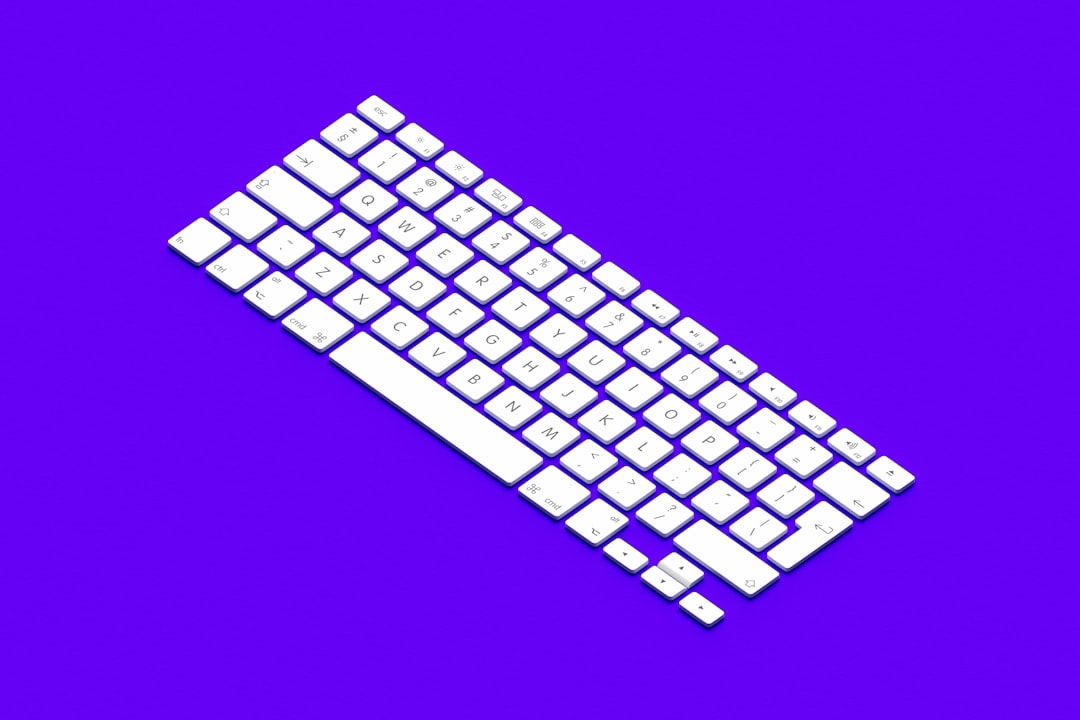We’ve all been there—trying to finish an urgent email or a time-sensitive document when, suddenly, one of your keyboard keys stops working. Before you rush out to buy a new keyboard, know this: you can still keep working efficiently by remapping your keys or using clever workarounds. With a bit of tech-savvy and the right tools, you can master your malfunctioning keyboard like a pro!
Why Remap Keys?
Remapping keys allows you to change the function of specific keys on your keyboard. This is especially useful when certain keys are broken, laggy, or completely unresponsive. For instance, if your Enter key stops working, you can remap another rarely-used key like Scroll Lock to act as Enter. It’s a practical solution that saves you time and productivity.

Top Tools for Windows
Windows users have a handful of user-friendly tools for key remapping. Some are built into the OS, while others are reliable third-party apps.
- Microsoft PowerToys: This free tool comes with a “Keyboard Manager” utility that allows you to reassign keys and create shortcuts easily.
- SharpKeys: A straightforward program that writes directly to the Windows registry to remap keys without any background processes.
- AutoHotKey: A more advanced option that allows complete scripting of keyboard shortcuts, macros, and key functions.
To remap a key using Microsoft PowerToys, follow these steps:
- Download and install PowerToys from the official GitHub page.
- Launch PowerToys and click on “Keyboard Manager” from the side panel.
- Select “Remap a key”.
- In the popup window, choose the key you want to change and the key you want it to act as. Click “OK”, and your change is applied instantly.
What About Mac Users?
Mac users aren’t left out. While macOS doesn’t have as many built-in remapping tools, it does provide:
- System Preferences > Keyboard: Lets you remap modifier keys, such as Option and Command.
- Karabiner-Elements: A powerful and open-source keyboard customizer for macOS. It offers extensive remapping and even scripting options.
Installing Karabiner-Elements is straightforward, and once installed, it provides a GUI where you can add rules for key behavior changes. This is especially handy for remapping nonfunctioning alphabetic or control keys.
Creative Workarounds for Broken Keys
If you’re not keen on permanently remapping keys or just need a temporary fix, here are a few clever alternatives:
- On-Screen Keyboard: Almost all operating systems include an accessibility feature called the on-screen keyboard. Use your mouse to press keys.
- Copy-Paste Arsenal: For commonly used characters or commands, keep a text file open where you can quickly copy and paste them.
- Browser Extensions and Custom Shortcuts: Chrome and Firefox allow extension-based hotkeys that can often replace faulty functions.

Use External Input Devices
Another fast and flexible solution is to connect an external keyboard or another input device:
- External USB Keyboard: Plugging in a basic USB keyboard is the simplest fix. Within seconds, you’re back to full typing capacity.
- Bluetooth Keyboards: Perfect for laptop users who prefer wireless setups. These are especially handy when traveling.
- Mobile as a Keyboard: Use apps like Unified Remote or Remote Mouse to turn your smartphone into a temporarily functional keyboard.
While these aren’t permanent replacements, they work wonders when you’re in a pinch and need a functioning keyboard right away.
Final Thoughts
Working with a broken keyboard doesn’t have to be a nightmare. Whether you’re using expert-level tools like AutoHotKey or basic solutions like on-screen keyboards, there’s a workaround for nearly every scenario. Embrace these tips and tools, and you’ll be navigating glitches like a seasoned pro.
So next time a key breaks, don’t panic—just remap!


